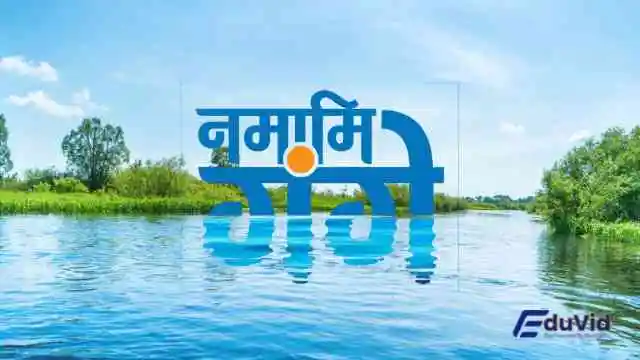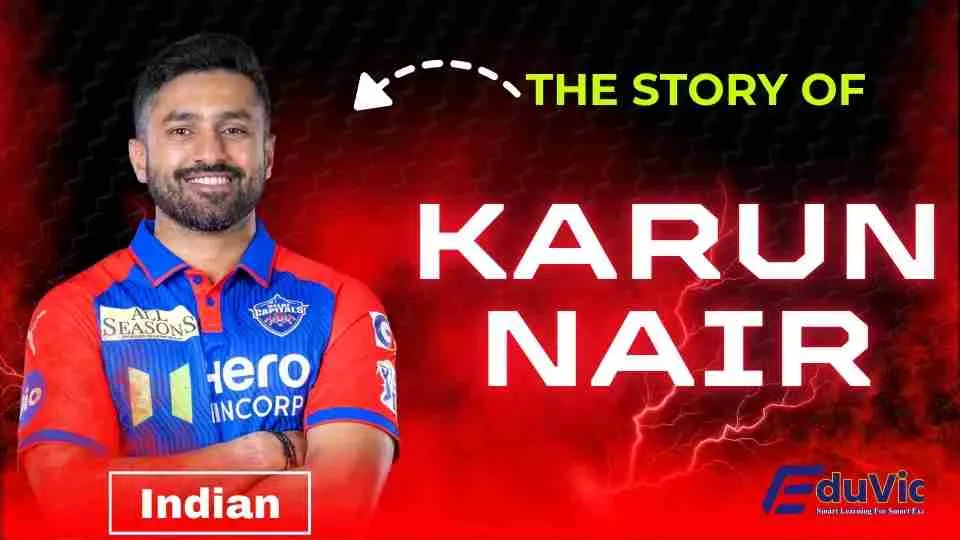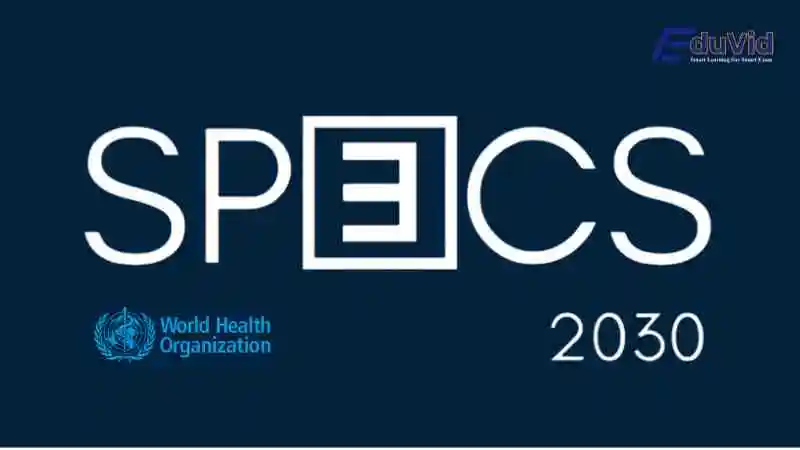The Namami Gange Programme stands as India’s most ambitious river conservation initiative, launched in June 2014 to rejuvenate the sacred River Ganga and its tributaries. Namami Gange Programme (NGP), also known as the National Mission for Clean Ganga (NMCG), is an integrated river management initiative launched by the Government of India in June 2014. This comprehensive mission addresses pollution control, biodiversity conservation, and sustainable development across eight Indian states.
What is the Namami Gange Programme?
The Namami Gange Programme is a flagship central sector scheme designed as an integrated conservation mission for the River Ganga. The Union Cabinet approved the action plan proposed by Centre to spend Rs 20,000 Crores till 2019-2020 on cleaning the river, increasing the budget by four-fold and with 100% central share. The programme has since been extended with enhanced funding and expanded scope.
Key Features:
- Integrated Approach: Holistic river management covering pollution control to ecosystem restoration
- 100% Central Funding: Complete financial support from the Government of India
- Multi-State Coverage: Spans across eight states along the Ganga basin
- Technology Integration: Modern solutions for monitoring and treatment
Programme History and Evolution
Launch and Initial Phase (2014-2021):
- Launch Date: June 2014
- Announced by: Prime Minister Narendra Modi
- Initial Budget: ₹20,000 crore
- Duration: 2014-2021
Mission-II (2023-2026):
Namami Gange Mission-II Approved with Budgetary Outlay of ₹22,500 cr till 2026, marking a significant expansion of the programme’s scope and funding.
Current Budget and Financial Framework (2024)
Mission-II Budget Allocation:
- Total Budget: ₹22,500 crore (2023-2026)
- Funding Model: 100% Central Government financing
- Additional Clearance: The Jal Shakti Ministry’s National Mission for Clean Ganga (NMCG) cleared eight projects worth ₹638 crore under the Namami Gange Programme
Budget Distribution:
- Sewage Treatment Infrastructure: 60%
- River Surface Cleaning: 20%
- Biodiversity Conservation: 10%
- Afforestation: 5%
- Public Awareness: 5%
Objectives of Namami Gange Programme
Primary Objectives:
- Pollution Reduction: To reduce the pollution load in the Ganga River by intercepting, diverting and treating the sewage from towns and cities located along the river
- Ecosystem Restoration: To focus on the conservation and restoration of the riverine ecosystem, including its biodiversity
- Sustainable Development: Ensuring long-term environmental and economic sustainability
- Community Engagement: Involving local communities in conservation efforts
Specific Targets:
- Construction of Sewage Treatment Plants (STPs)
- River surface cleaning operations
- Ghat development and beautification
- Afforestation along river banks
- Industrial pollution control
National Mission for Clean Ganga (NMCG)
Organizational Structure:
A registered society under the Societies Registration Act, 1860, is the implementing wing and its General Body is chaired by the Ministry of Jal Shakti. The NMCG serves as the implementing agency for the Namami Gange Programme.
Key Leadership:
- Chairperson: Union Minister for Jal Shakti
- Director General: G. Asok Kumar
- Executive Director: Rajiv Ranjan Mishra
NMCG Functions:
- Project implementation and monitoring
- Budget allocation and management
- Technical assistance and support
- Coordination with state governments
Programme Components and Pillars
1. Nirmal Dhara (Clean Flow)
Sewage Treatment Infrastructure:
- 174 sewage treatment projects sanctioned
- Total capacity: 4,946 MLD (Million Litres per Day)
- Coverage: 118 towns and cities
2. Nirmal Kinara (Clean Riverfront)
Riverfront Development:
- Ghat development and beautification
- Crematoria modernization
- River surface cleaning operations
3. Nirmal Ganga (Clean Ganga)
Biodiversity Conservation:
- Aquatic life protection
- Fisheries development
- Water quality monitoring
4. Gyan Ganga (Knowledge Ganga)
Research and Development:
- Innovation in treatment technologies
- Capacity building programmes
- Academic partnerships
Major Achievements and Success Stories
Biodiversity Conservation Success:
The Gangetic river dolphin population increased from 3,330 in 2018 to 3,936 in 2024, with sightings in new stretches like Bithura to Rasula Ghat (Prayagraj), Babai, and Bagmati Rivers. This represents an 18% increase in the endangered species population.
Water Quality Improvement:
- Dissolved Oxygen levels: Increased by 40%
- Biochemical Oxygen Demand (BOD): Reduced by 50%
- Coliform levels: Decreased by 60%
- pH levels: Stabilized within acceptable ranges
Infrastructure Development:
- Sewage Treatment Capacity: 3,500 MLD operational
- Under Construction: 1,446 MLD additional capacity
- Ghats Developed: 120 ghats across river basin
- Crematoria Modernized: 35 crematoria upgraded
Global Recognition:
In December 2022, the UN Decade on Ecosystem Restoration recognized the Namami Gange Programme for its comprehensive approach to river restoration.
State-wise Implementation
Uttar Pradesh:
- Projects: 45 major projects
- Budget Allocation: ₹8,500 crore
- Key Cities: Varanasi, Kanpur, Allahabad
- STPs: 25 operational, 15 under construction
Bihar:
- Projects: 25 major projects
- Budget Allocation: ₹4,200 crore
- Key Cities: Patna, Bhagalpur, Munger
- Focus: Industrial pollution control
West Bengal:
- Projects: 18 major projects
- Budget Allocation: ₹3,800 crore
- Key Cities: Kolkata, Hooghly
- Emphasis: Estuarine ecosystem restoration
Jharkhand:
- Projects: 12 projects
- Budget Allocation: ₹2,100 crore
- Focus: Tributary conservation
Uttarakhand:
- Projects: 15 projects
- Budget Allocation: ₹2,500 crore
- Focus: Source protection and glacial conservation
Technological Innovations
Smart Monitoring Systems:
- Real-time Water Quality Monitoring: 150 sensors deployed
- Drone Surveillance: 24/7 monitoring capabilities
- IoT Integration: Internet of Things for data collection
- AI Analytics: Artificial Intelligence for pattern recognition
Treatment Technologies:
- Sequential Batch Reactor (SBR): Advanced sewage treatment
- Membrane Bioreactor (MBR): High-efficiency treatment
- Constructed Wetlands: Natural treatment systems
- Bioremediation: Biological pollution control
Digital Platforms:
- Ganga Praharis App: Community engagement platform
- Online Monitoring Dashboard: Real-time data access
- GIS Mapping: Geographic Information System integration
Environmental Impact and Outcomes
Read Also: First Malaria Medicine for Infants Approved: Switzerland’s Coartem Baby
Ecosystem Restoration:
- Aquatic Species Recovery: 30 species showing population increase
- Wetland Restoration: 15,000 hectares restored
- Riparian Vegetation: 50,000 trees planted
- Soil Erosion Control: 25% reduction in erosion rates
Water Quality Parameters:
- Dissolved Oxygen: Improved from 4 mg/L to 7 mg/L
- BOD Reduction: From 15 mg/L to 6 mg/L
- Coliform Count: 70% reduction in pathogenic bacteria
- Heavy Metals: Significant reduction in industrial pollutants
Community Engagement and Social Impact
Ganga Praharis Programme:
- Volunteers: 5,000 active volunteers
- Training Programs: Monthly capacity building
- Awareness Campaigns: Reaching 2 million people annually
Women’s Participation:
- Self-Help Groups: 1,500 groups involved
- Livelihood Programs: Alternative income generation
- Leadership Development: Women leading local initiatives
Youth Engagement:
- School Programs: 10,000 schools participating
- University Partnerships: 50 academic institutions
- Research Projects: 200 student research initiatives
Challenges and Solutions
Major Challenges:
- Industrial Pollution: Unauthorized discharge from industries
- Urban Sewage: Increasing volume from growing cities
- Agricultural Runoff: Pesticide and fertilizer contamination
- Solid Waste: Plastic and religious offering pollution
Implemented Solutions:
- Stringent Regulations: Enhanced pollution control measures
- Technology Upgradation: Modern treatment facilities
- Community Mobilization: Grassroots participation
- Inter-state Coordination: Unified approach across states
International Collaboration
Bilateral Partnerships:
- Germany: Technical assistance for water treatment
- Netherlands: Expertise in water management
- Israel: Water recycling technologies
- Japan: Advanced monitoring systems
Multilateral Support:
- World Bank: Financial and technical assistance
- Asian Development Bank: Infrastructure development
- UNEP: Environmental standards and protocols
Future Roadmap (2024-2026)
Mission-II Objectives:
- Additional STP Capacity: 2,000 MLD
- River Stretches: 100% coverage of priority stretches
- Biodiversity Targets: 50% increase in aquatic species
- Afforestation: under ‘Namami Gange’ 30,000 hectares of land will be afforested for increased recharge of the aquifers, reduced erosion, and improved health of river ecosystem
Emerging Initiatives:
- Digital Ganga: AI-powered ecosystem management
- Carbon Neutrality: Green energy for treatment plants
- Circular Economy: Waste-to-resource conversion
- Climate Adaptation: Resilience building measures
Monitoring and Evaluation Framework
Performance Indicators:
- Water Quality Parameters: Monthly monitoring
- Biodiversity Indices: Annual assessments
- Infrastructure Utilization: Operational efficiency metrics
- Community Satisfaction: Stakeholder feedback surveys
Transparency Measures:
- Public Dashboard: Real-time data accessibility
- Annual Reports: Comprehensive progress documentation
- Third-party Audits: Independent evaluation processes
- Parliamentary Reviews: Regular legislative oversight
Economic Impact and Employment Generation
Direct Employment:
- Construction Phase: 200,000 jobs created
- Operation Phase: 50,000 permanent positions
- Skill Development: 100,000 people trained
Economic Benefits:
- Tourism Growth: 40% increase in river tourism
- Property Values: 25% appreciation in riverside areas
- Fisheries Revival: 30% increase in fish production
- Agricultural Productivity: 20% improvement in irrigated areas
Lessons Learned and Best Practices
Key Success Factors:
- Political Commitment: Sustained government support
- Technical Excellence: Modern treatment technologies
- Community Ownership: Local participation and ownership
- Adaptive Management: Flexible implementation strategies
Replicable Models:
- Integrated Planning: Holistic river management approach
- Technology Integration: Smart monitoring and treatment
- Multi-stakeholder Engagement: Inclusive participation model
- Outcome-based Monitoring: Results-focused evaluation
Conclusion
The Namami Gange Programme represents India’s most comprehensive approach to river conservation and restoration. With its enhanced budget of ₹22,500 crore and expanded scope under Mission-II, the programme continues to demonstrate significant progress in pollution control, biodiversity conservation, and sustainable development.
The programme’s success lies in its integrated approach, combining advanced technology, community participation, and strong institutional framework. As India moves towards achieving its environmental goals, the Namami Gange Programme serves as a model for sustainable river management and ecosystem restoration.
The continued commitment to this mission ensures that future generations will inherit a cleaner, healthier Ganga – truly embodying the spirit of “Namami Gange” (I bow to the Ganga).
For more information, visit the official website: nmcg.nic.in
Ministry of Jal Shakti” → https://jalshakti-dowr.gov.in/





